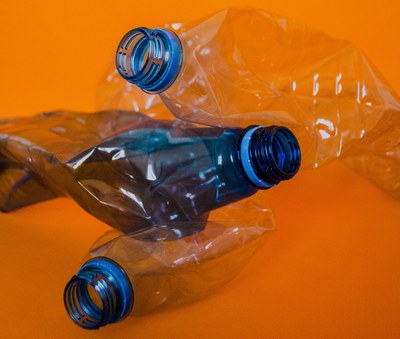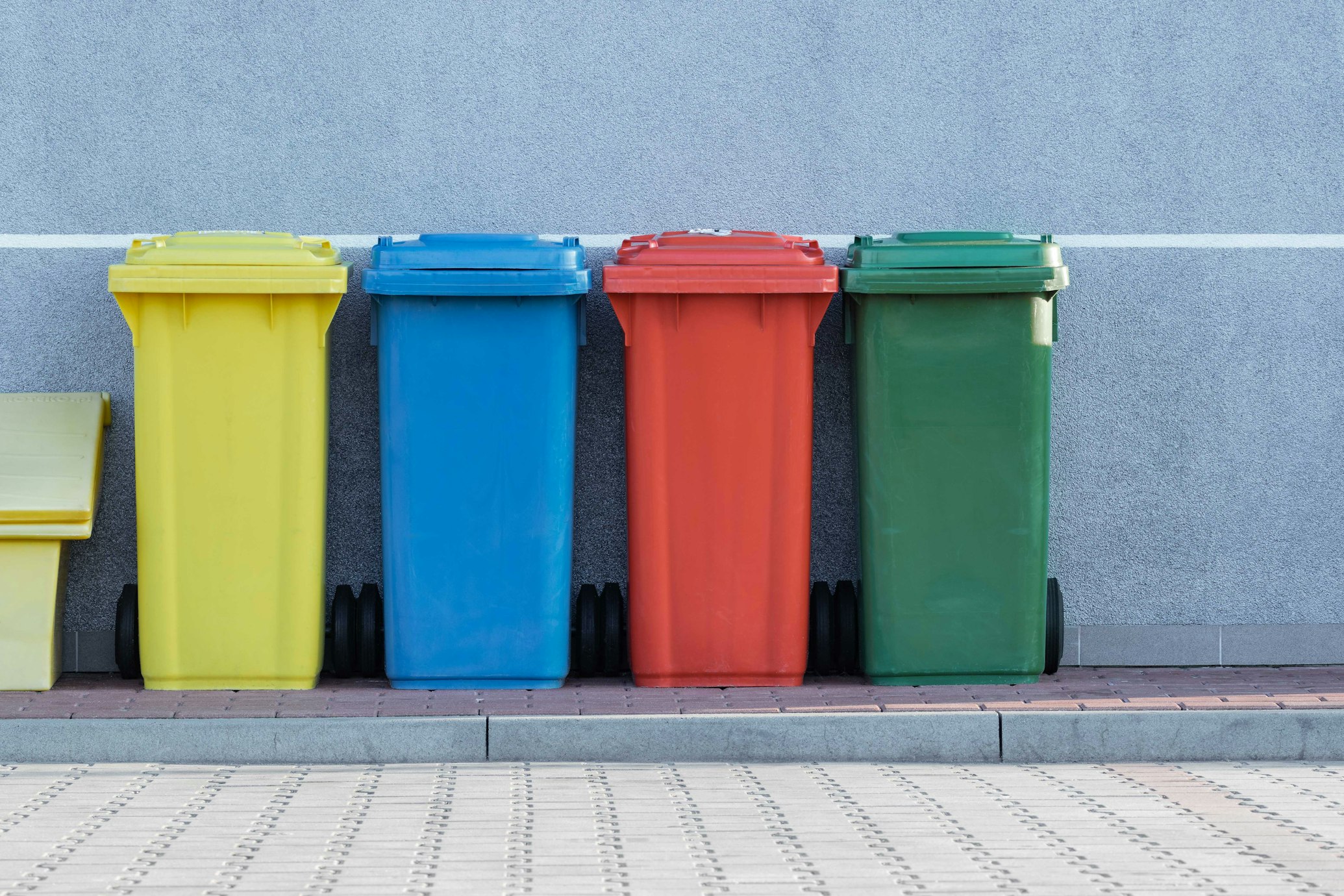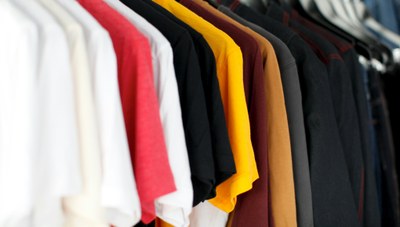All official European Union website addresses are in the europa.eu domain.
See all EU institutions and bodiesIn 2022, the estimated volume of primary raw materials used for the production of textile products purchased by EU households was 234 million tonnes, or 523 kg per person.
To produce all of the textile products purchased by EU households in 2022, an estimated 234 million tonnes of raw materials were used – about 523 kg per person. This ranks textiles as the 5th highest consumption domain for primary raw material use, after food, housing, mobility, and hotels and restaurants.
Between 2010 and 2022, overall raw material use for EU consumption of textiles declined slightly. Comparing raw material consumption with the total apparent consumption of textiles in the EU in this period, a relative decoupling can be observed. The most notable decrease in absolute raw material use took place between 2010 and 2016. Following that period, raw material use levels rose again, only to decline in 2020 and 2021 due to COVID-19, before experiencing a slight recovery. The results for raw material consumption vary quite a lot over the years, ranging between 447 and 791 kg per person, reflecting some uncertainty linked to this indicator.
Only about 32% of raw materials are produced or extracted in Europe itself, with the remaining 68% of raw materials stemming from outside Europe. This is because the production of cotton and other fibres, as well as the manufacturing of textiles, primarily takes place in . This share has remained relatively constant over the years, with the highest share of materials extracted in Europe, occurring during periods when overall raw material consumption for textiles was at its lowest.
Increasing the circularity of textiles through extended use, enhanced reuse, and improved recycling of textiles would reduce primary raw material use because this would lower the demand for new textiles and virgin fibres, hence the need for raw material inputs.
References and footnotes
- (ETC/CE 2022/2, EEA 2022)↵





